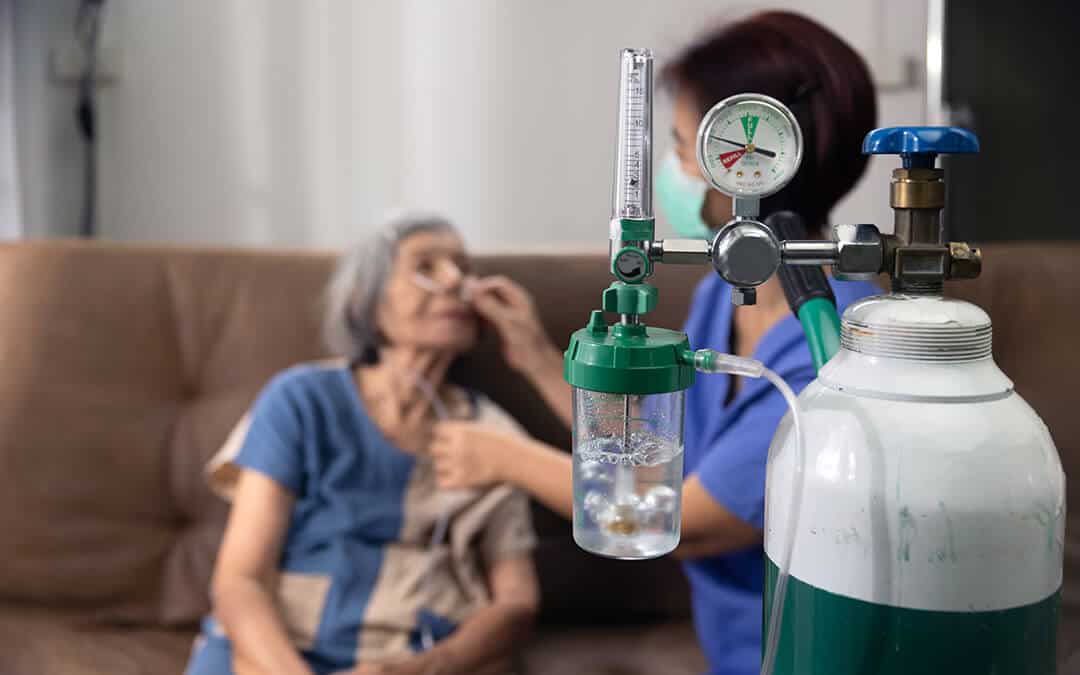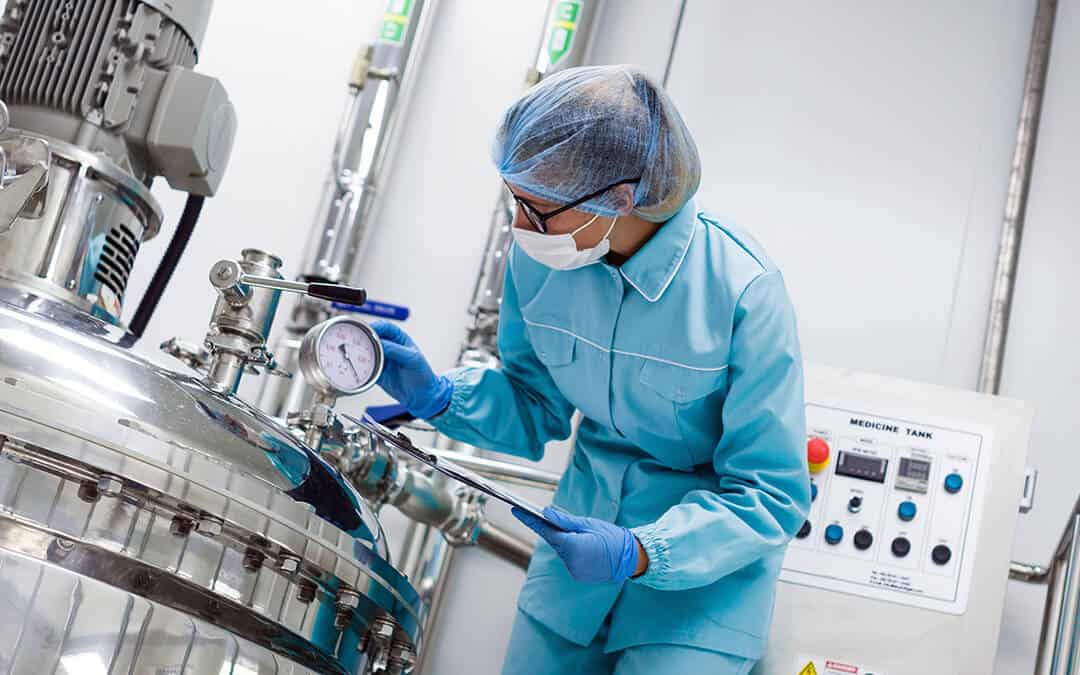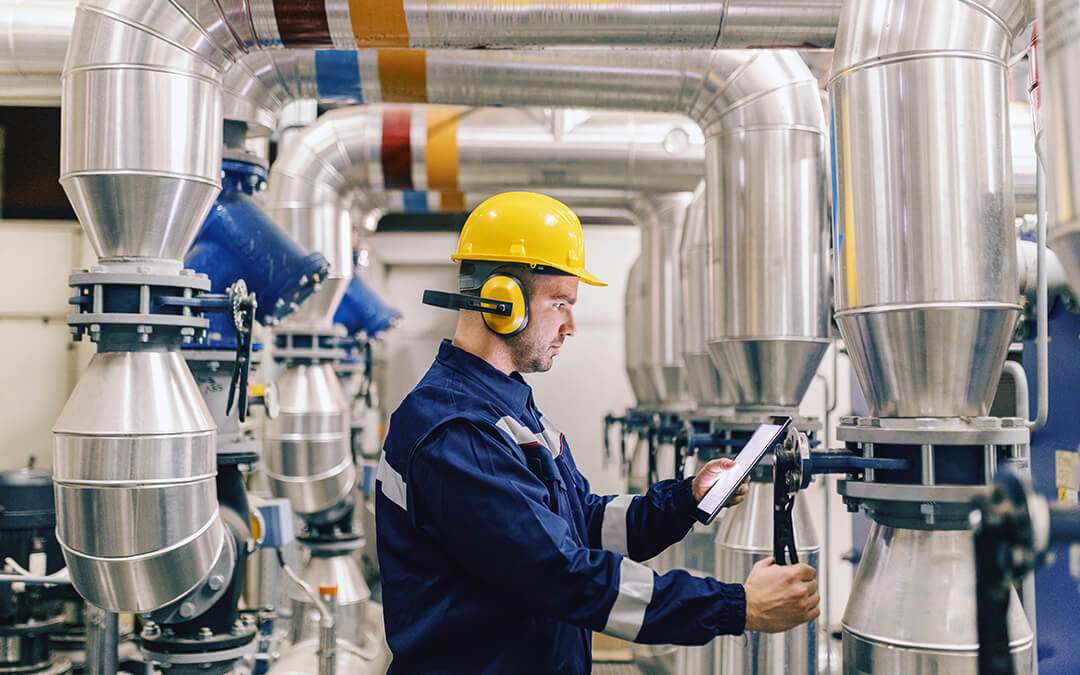Every part of your body needs oxygen. Oxygen is crucial for humans to breathe and function properly. But you might be surprised to learn that there’s more than one type of oxygen available: medical oxygen and industrial oxygen. And they have very different uses. With the recent rise in the use of medical oxygen due to COVID-19, now is a good time to revisit the differences between the two. So before you buy that container of oxygen, make sure you know what type of gas you’re buying and if it fits your needs.
Medical Oxygen
Although the terms “oxygen” and “medical oxygen” are used interchangeably, medical oxygen comes with specific uses and requirements. Typically used for medical treatments, medical oxygen is developed for use in the human body. Commonly administered in medical facilities like hospitals and clinics, medical oxygen is also used during anesthesia, first aid resuscitation, life support and oxygen therapy.

In order to be used in a medical capacity, medical oxygen must meet certain requirements and conditions. One of these requirements is the need for a prescription to order medical oxygen. As with any medicine, the FDA wants to ensure user safety and proper dosage. And so, patients are required to visit their doctor and get a prescription for medical oxygen.
Another FDA requirement for medical oxygen is having specified oxygen cylinders. As high-purity oxygen, medical oxygen cylinders are built in order to avoid contamination and other gases. A chain of custody is also required to verify that the cylinder is only being used for medical oxygen. Cylinders that had been previously used for other purposes are not allowed for medical-grade oxygen use unless the cylinders have been emptied, thoroughly cleaned and newly labeled.
Industrial Oxygen
Industrial oxygen is used primarily in industrial plants including combustion, oxidation, cutting and chemical reactions. Some other common uses of industrial oxygen include:
- Welding, cutting, flame cleaning, etc.
- Metal manufacturing, such as in steel production
- Assisting in the creation of certain fuels
- As a bleaching chemical to help create paper and paper-based products
Unlike medical oxygen, industrial oxygen purity levels are not approved for human consumption. Generally full of impurities, industrial oxygen could make people ill if used. And with purity levels that are not safe for human use and with no stringent FDA regulation, industrial oxygen is better left to industrialized settings.

Key Differences
While the two types of gases are often manufactured the same way and can come from the same source, they still have different uses. Consider medical oxygen vs. industrial oxygen use like this:
- Medical oxygen is used to help maintain healthy blood oxygen levels.
- Industrial oxygen is used to support industrial functions.
The biggest difference, though, lies in how medical and industrial oxygen are regulated. The FDA strictly regulates medical oxygen like any other kind of medication, with certain parameters and conditions. However, industrial oxygen isn’t as strictly regulated, which means that there may be some level of contamination in the tank. That being said, industrial oxygen should never be used for medical purposes.
Contact CalOx when you need FDA-approved, high-quality medical-grade oxygen in Southern California.
